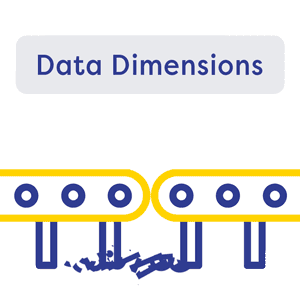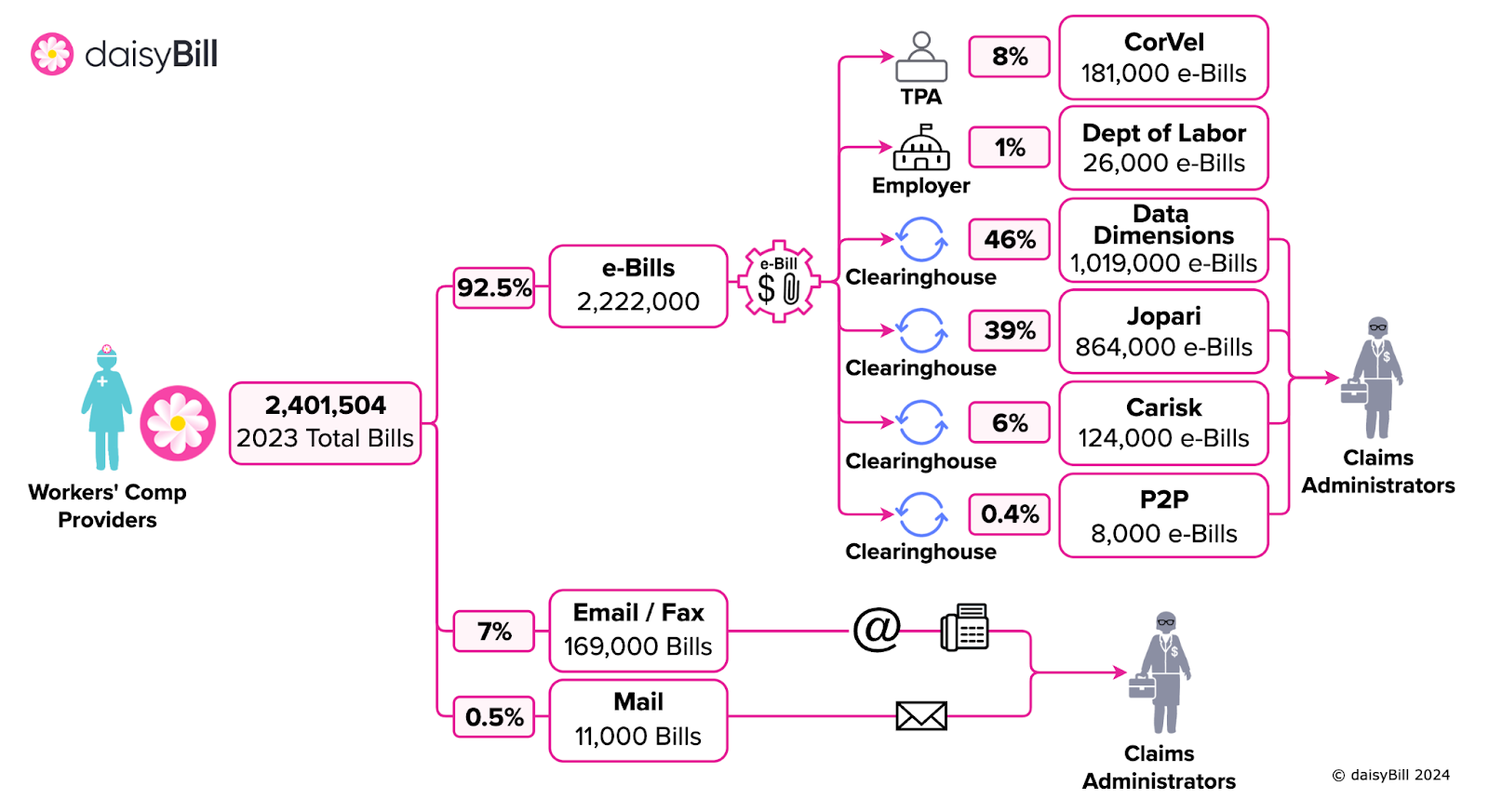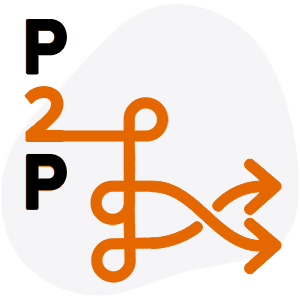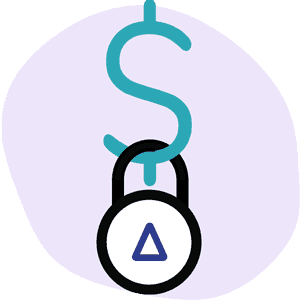Clearinghouse: Data Dimensions Clients' e-EOR Problem

With the receipt of electronic Explanations of Review (e-EORs), providers realize the full benefits of workers’ comp e-billing. e-EORs furnish payment data that automatically post to the corresponding e-bills and close the payment loop.
Unfortunately, providers do not always consistently receive e-EORs, even in states where e-EORs are the legally mandated response to e-bills.
While each payer is ultimately responsible for delivering e-EORs to providers, almost all payers outsource that job to a clearinghouse, which accepts e-bills and remits e-EORs on the payers’ behalf. Verifiable 2023 data from daisyBill suggest that some payers do better than others in sending e-EORs to providers.
These data show that, overall, Data Dimensions’ clients do a significantly worse job of responding to e-bills with e-EORs.
Below, see e-EOR data for each of the three clearinghouses, Data Dimensions, Jopari, and Carisk, as well as CorVel and the federal Department of Labor (DOL).
2023 Clearinghouse e-EOR Data
e-EORs post payment details to the provider’s e-billing system, enabling faster and easier revenue management, appeals, and more.
As noted in many articles (and formal complaints to state authorities), a claims administrator that fails to remit e-EORs creates countless hours of manual work for practices.
The table below provides the percentages of e-bills where providers did not receive an e-EOR in 2023. The data reflect the three major clearinghouses used by claims administrators and the two claims administrators that do not use clearinghouse services: CorVel (a TPA) and the DOL (a public employer).
The headline is immediately apparent: Data Dimensions clients failed to send e-EORs at a significantly higher rate than clients of other clearinghouses, CorVel, and the DOL.
e-Bill Submit Month |
Data Dimensions (Clearinghouse) e-EOR Missing % |
Jopari (Clearinghouse) e-EOR Missing % |
Carisk (Clearinghouse) e-EOR Missing % |
CorVel (TPA) e-EOR Missing % |
Dept. of Labor (Employer) e-EOR Missing % |
2023-01 |
13.70% |
8.10% |
3.20% |
3.30% |
4.70% |
2023-02 |
14.40% |
8.20% |
7.40% |
3.10% |
4.50% |
2023-03 |
14.40% |
8.70% |
4.10% |
6.90% |
2.50% |
2023-04 |
14.80% |
10.10% |
9.60% |
3.00% |
2.70% |
2023-05 |
14.20% |
7.20% |
7.20% |
3.70% |
2.20% |
2023-06 |
15.20% |
6.60% |
4.00% |
5.50% |
9.20% |
2023-07 |
15.30% |
8.10% |
6.10% |
5.20% |
* |
2023-08 |
15.50% |
7.00% |
4.30% |
3.70% |
* |
2023-09 |
17.00% |
6.80% |
3.90% |
6.70% |
* |
2023-10 |
14.10% |
6.70% |
7.50% |
5.40% |
3.00% |
2023-11 |
13.30% |
7.00% |
13.50% |
4.00% |
0.30% |
2023-12 |
12.50% |
6.00% |
9.10% |
4.30% |
0.10% |
Totals |
14.50% |
7.50% |
6.40% |
4.60% |
3.24% |
*e-EOR data not available
By failing to submit e-EORs for 14.5% of all bills submitted, Data Dimensions’ clients made treating injured workers more difficult, time-consuming, and costly for practices.
Contrast Data Dimensions clients’ poor performance with the far superior performance of CorVel and the DOL, who chose to invest in the necessary technology to accept e-bills and return e-EORs without a clearinghouse. Both CorVel and the DOL outperformed claims administrators who utilized clearinghouses.
The DOL should be congratulated for responding to 99.9% of e-bills with e-EORs in December 2023 — proving that e-EORs can (and should) be consistently remitted to providers.
Why e-EORs Make It to daisyBill Providers
Rather than submitting all bills through a single clearinghouse, as many e-billing software products do, daisyBill delivers each e-bill to the specific clearinghouse designated by the claims administrator — or in the case of CorVel and the DOL, daisyBill transmits the e-bill straight to the claims administrator.
As illustrated below, the pathways for daisyBill e-bills (from provider to claims administrator) are the most direct and consistently successful pathways possible.
Subsequently, the opposite pathways for e-EORs (from claims administrator to provider) are equally direct and consistently successful.
By contrast, some providers (or their billing software) funnel every e-bill to a single clearinghouse, which often has to awkwardly reroute many of those e-bills to the correct clearinghouse. The result is lost bills, delayed payments, and missing e-EORs.
For daisyBill clients, only non-compliance by the claims administrator or the occasional technical failure by a clearinghouse can derail e-EOR delivery. For the vast majority of our e-bills, the billing cycle is closed electronically, automatically, and conveniently — thanks to the back-end network of electronic pathways in place.
Nationwide, daisyBill increases revenue and decreases hassle for providers who treat injured workers. Get a free demonstration below.
SCHEDULE DEMO
DaisyBill provides content as an insightful service to its readers and clients. It does not offer legal advice and cannot guarantee the accuracy or suitability of its content for a particular purpose.


.png)
.gif)


.png)
.gif)